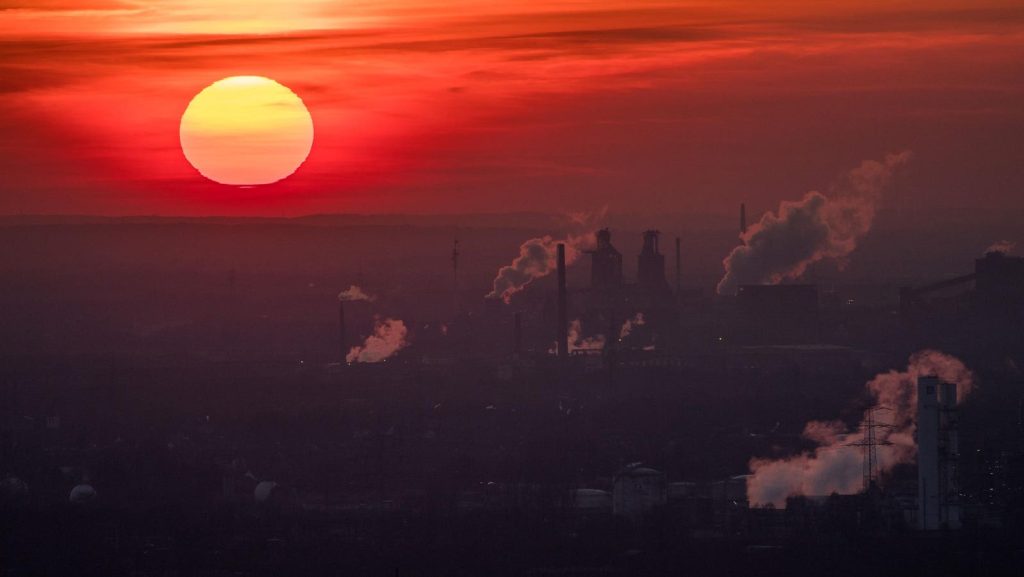Topline
Despite efforts to tackle climate change and limit global temperature increase to under 2 degrees Celsius in accordance with the Paris Agreement, a new report from U.N. Climate Change found that even if most countries follow their climate plans, it’s not enough to hit that goal and avoid severe consequences such as frequent droughts, heat, and rain.
Key Facts
In 2016, 175 countries and the European Union signed the Paris Agreement—an international treaty on climate change that the parties are legally bound to—with the goal to keep global average temperatures from increasing by more than 2 degrees Celsius, and at an ideal limit of 1.5 degrees Celsius.
If the Earth’s temperature increases more than 1.5 degrees Celsius before the end of the century, the impact of climate change will be more severe, causing frequent and stronger droughts, heat and rain, according to the U.N.’s Intergovernmental Panel on Climate Change.
One crucial piece of the Paris Agreement is cutting greenhouse gas emissions by 43% by 2030.
However, when analyzing each country’s plan for reaching the Paris Agreement goals earlier this year during the first stocktake, which shows progress toward the agreement, U.N. Climate Change found that while greenhouse gas emissions are not projected to increase after 2030, the projections are not showing a fast enough decline in emissions that would be necessary to keep global temperatures from rising above 1.5 degrees Celsius.
The combined government efforts are “baby steps,” and countries need to come up with stronger solutions and plans to meet Paris Agreement goals at the upcoming U.N. Climate Change Conference, U.N. Climate Change Executive-Secretary Simon Stiell said.
This year is set to be Earth’s hottest year in recorded history, climate scientists at the EU’s Copernicus Climate Change Service recently said, adding that last month was the hottest October ever recorded and 1.7 degrees Celsius warmer than the average October during pre-industrial times.
Key Background
Before the Paris Agreement was adopted in 2015, almost every country already shared plans with the U.N. on how it was planning to fight climate change. The U.S., for example, pledged to reduce carbon dioxide emissions from power plants and cut greenhouse gas emissions. However, the pledges were not sufficient enough for what scientists argued would keep climate change from spiraling out of control, as global emissions were projected to rise beyond 2030, and global temperatures were expected to rise by 2.7 degrees Celsius by the end of the century, Vox reported. The Paris Agreement provided countries a structure by setting goals, such as limiting global temperature rise to 1.5 degrees Celsius, and establishing the stocktake every five years, which keeps members of the Paris Agreement updated on progress toward reaching shared climate goals.
Surprising Fact
The U.S. officially withdrew from the Paris Agreement in November 2020, three years after former President Donald Trump said he intended to stop U.S. participation in the treaty because he claimed it would cost the U.S. over 2 million jobs by 2025, ABC News reported. After President Joe Biden took office, the U.S. formally rejoined the agreement.
What To Watch For
The U.N. Climate Change Conference will take place from November 30 to December 12 this year in Dubai.
2023 Will Almost Certainly Be The Hottest Year In Recorded History, EU Scientists Say (Forbes)
The world’s brutal climate change report card, explained (Vox)
Read the full article here










